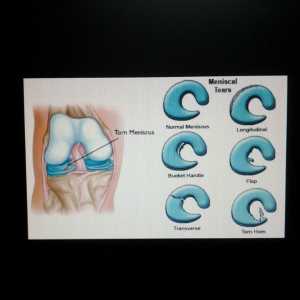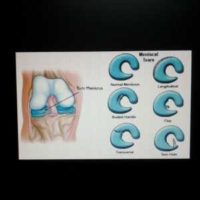Author Interviews, Geriatrics, JAMA, Pharmacology / 17.10.2018
Most Older Americans Willing To Discuss ‘De-Prescribing’ Some Medications
MedicalResearch.com Interview with:
Dr. Emily Reeve BPharm(Hons) PhD
NHMRC-ARC Dementia Research Fellow
Northern Clinical School
University of Sydney
MedicalResearch.com: What is the background for this study? What are the main findings?
Response: Older adults commonly take multiple medications. All medications carry the potential for both benefit and harm. When a medication is started a decision has been made between the healthcare professional and the patient that the likely benefits outweigh the potential risks. But over time the potential benefits and harms can change. So, part of good clinical care is discontinuation of medications when the benefit no longer outweighs the risks – for example when it is no longer needed or high risk. This is called “deprescribing”.
Previously we knew that older adults could have mixed feelings about their medications, that is, they believe that all their medications are necessary but also feel that they are a burden to them. Qualitative research has explored this further, finding that there are a number of barriers and enablers to deprescribing from the patient perspective. For example, someone might have fear of deprescribing because they are worried that their symptoms may come back. But if they know that deprescribing is a trial and they will be monitored and supported by their physician or other healthcare professional they might be more open to deprescribing.
From the physician perspective, there were concerns that older adults and their families were resistant to deprescribing and so there was fear that discussing possible medication discontinuation could damage the doctor-patient relationship.
In this study of almost 2000 older adults in the United States, we found that over 90% were willing to stop one of more of their medications if their doctor said it was possible. Additionally, one third of participants wanted to reduce the number of medications that they were taking. (more…)



 Dr. Nicole Karcher, PhD
Post-doctoral scholar with the NIMH Training in Clinical Sciences fellowship
Department of Psychiatry
Washington University School of Medicine
MedicalResearch.com: What is the background for this study? What are the main findings?
Response: For over fifteen years, researchers have debated the role that cannabis use plays in the development of both psychotic disorders as well as subthreshold psychotic symptoms, such as psychotic-like experiences (PLEs). There is still a lack of consensus regarding the nature of the association between cannabis use and psychosis risk, with some research finding evidence for genetic overlap, while other research finds evidence for potentially causal pathways.
The current study examined data from twins and siblings from two different samples, the U.S.-based Human Connectome Project and the Australian Twin Registry, with a total of 4,674 participants. Overall, psychotic-like experiences were associated with three separate cannabis use variables [frequent (≥100 times) use, a Cannabis Use Disorder diagnosis, and current cannabis use]. Furthermore, the current research found evidence for both shared genetic and individual-specific contributions to the association between PLEs and these three cannabis use variables. More specifically, while the association between cannabis use and psychotic-like experiences was largely attributable to shared genetic factors, cannabis users were more likely to endorse PLEs in comparison to the relative who used cannabis less.
Dr. Nicole Karcher, PhD
Post-doctoral scholar with the NIMH Training in Clinical Sciences fellowship
Department of Psychiatry
Washington University School of Medicine
MedicalResearch.com: What is the background for this study? What are the main findings?
Response: For over fifteen years, researchers have debated the role that cannabis use plays in the development of both psychotic disorders as well as subthreshold psychotic symptoms, such as psychotic-like experiences (PLEs). There is still a lack of consensus regarding the nature of the association between cannabis use and psychosis risk, with some research finding evidence for genetic overlap, while other research finds evidence for potentially causal pathways.
The current study examined data from twins and siblings from two different samples, the U.S.-based Human Connectome Project and the Australian Twin Registry, with a total of 4,674 participants. Overall, psychotic-like experiences were associated with three separate cannabis use variables [frequent (≥100 times) use, a Cannabis Use Disorder diagnosis, and current cannabis use]. Furthermore, the current research found evidence for both shared genetic and individual-specific contributions to the association between PLEs and these three cannabis use variables. More specifically, while the association between cannabis use and psychotic-like experiences was largely attributable to shared genetic factors, cannabis users were more likely to endorse PLEs in comparison to the relative who used cannabis less. 































